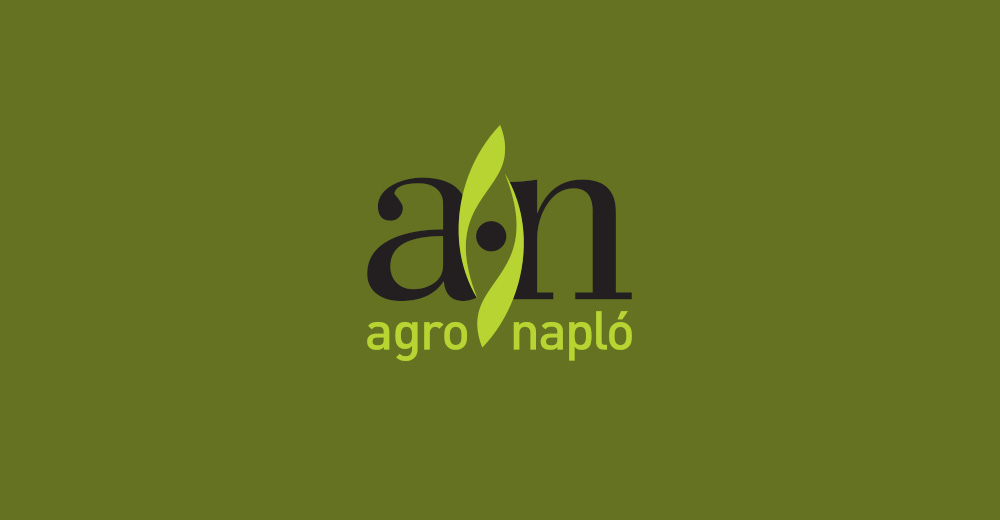Professor Böhm et al. (2008) investigated the mycotoxin contamination of 76 dry dog food samples from Austria. The results of this survey showed that 97% of the tested samples were contaminated with deoxynivalenol (DON) with concentrations up to 1386 μg/kg. Zearalenone (ZEN) was found in 47% (concentrations up to 664 μg/kg) and fumonisins in 42% (concentrations up to 568 μg/kg) of the samples.
The 2016 Nutriad Mycotoxin Survey included 14 commercially available dry pet food (cat and dog) samples bought in Brazil. The 14 dry pet foods of premium and super premium brands were purchased in regular pet shops in Brazil. Almost 100 analyses were conducted to test for the presence of the seven mycotoxins most frequently found in agricultural commodities intended for pet food production. The survey provided an insight into the incidences of aflatoxin B1 (AfB1), ZEN, deoxynivalenol, T-2 toxin, fumonisin B1 (FB1), fumonisin B2 (FB2), and ochratoxin A (OTA) across all regions of Brazil.
All seven mycotoxins were analyzed by liquid chromatography tandem mass spectrometry (LC MS/MS), rapid high performance liquid chromatography-tandem mass spectrometry (HPLC–MS/MS) and high performance liquid chromatography (HPLC) at the Laboratory of mycotoxicological analysis (LAMIC, Brazil). For the purpose of data analysis, non-detection levels were based on the limits of quantification (LOQ) of the test method for each mycotoxin as follows: AfB1 < 1 μg/kg; ZEN < 20 μg/kg; DON < 200 μg/kg; FB1 < 125 μg/kg; FB2 < 125 μg/kg OTA < 2 μg/kg and T-2 toxin < 100 μg/kg.
Results
The results from the survey showed that 93% of the pet food samples were contaminated with FB1 and 85% with FB2. Almost 22 % of the samples contained AfB1. Most of the identified mycotoxins were in concentrations regarded as medium (>LOD but below EU recommendation levels) while the highest concentrations of FB1 and FB2 found reached 2831 μg/kg and 2609,8 μg/kg respectively. Interestingly, 42,85% of the samples contained ZEN, a mycotoxin which affects reproductive performance in breeding animals. Its maximum concentration reached 76,5 μg/kg, a level which is not significant. As expected, none of the samples contaminated DON, T-2 toxin and OTA, a known typical storage mycotoxin.
Table 1 – Mycotoxin contamination of pet food in Brazil
Figure 1 – Percentage of positive samples (>LOQ)
Conclusion
The pet food mycotoxin survey conducted by Nutriad in 2016 concluded that this year's premium and super premium pet food in Brazil is of concerning quality in terms of mycotoxin contamination. Based on the results of this survey, it is the belief that pet food which contains grain should not be considered safe for cats and dogs in Brazil. Grains and grain by- products such as maize, maize gluten meal, wheat, soya etc. are the most important sources of mycotoxins in pet food.
Vigilance is always advisable as cereals in animal feeds originate from many sources. Results from previous surveys have shown that maize harvested in any year in Brazil is contaminated with medium to high concentrations of fumonisins and aflatoxins. Fusarium mycotoxins such as DON or T-2 toxin and Penicillium mycotoxin such as ochratoxin A are of less importance. The last possible line of defense is the detoxification of mycotoxins in vivo. The addition of proven mycotoxin deactivators to pet food is a very common method of preventing mycotoxicosis and is an effective strategy to keep the risk of mycotoxin contamination low under any and all conditions. Therefore, in order to protect companion animals from the hazardous effects of mycotoxins, feed additives are indispensable. These products deactivate the toxins directly in the gastrointestinal tract of animals, based either on adsorption of those mycotoxins with suitably located polar functional groups, or biological degradation (bio-inactivation). Unike® and Toxynil® product lines from NUTRIAD represent specially developed feed additives that protect pet animals from mycotoxicoses by adsorption, bio-inactivation, organ, immune and antioxidant system support and represent an optimal solution for mycotoxin management for companion animals.
Author: Radka Borutova, Nutriad







